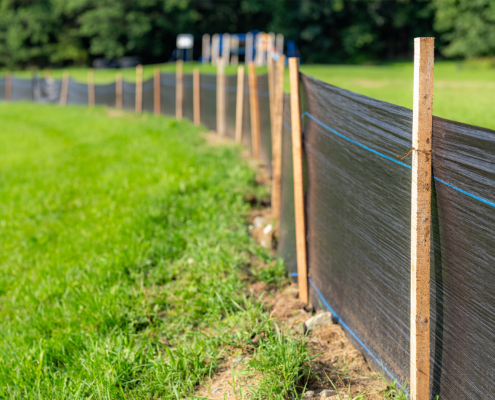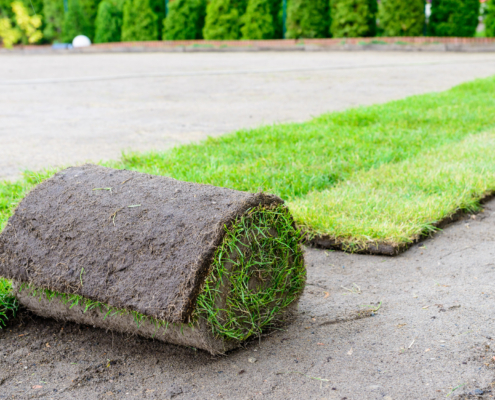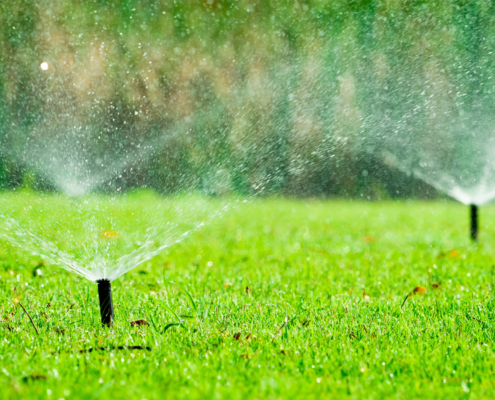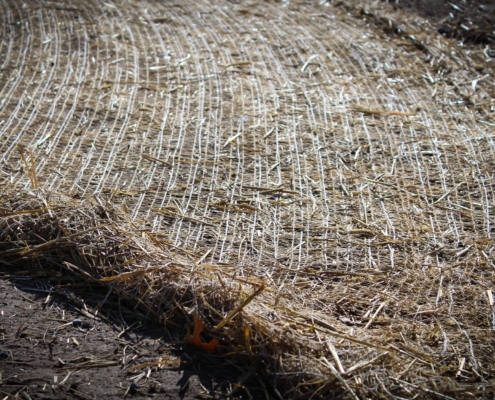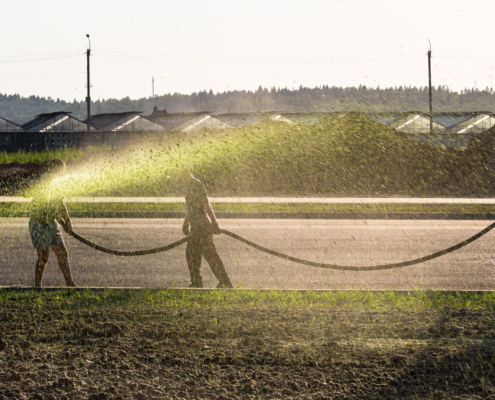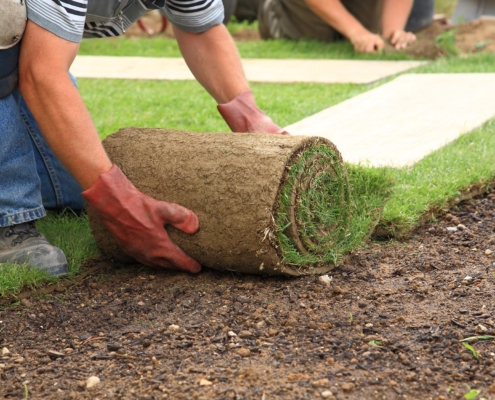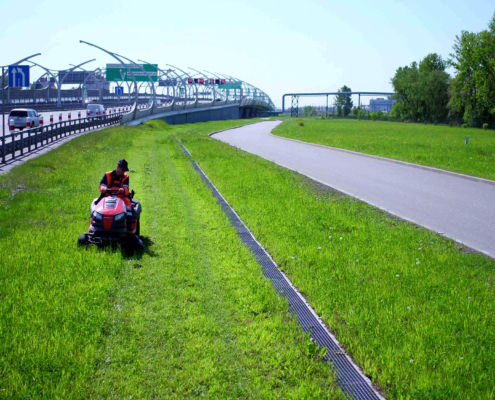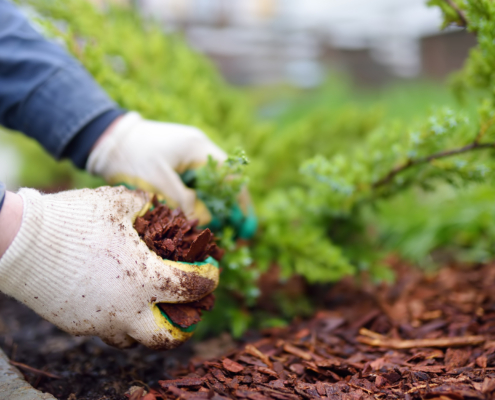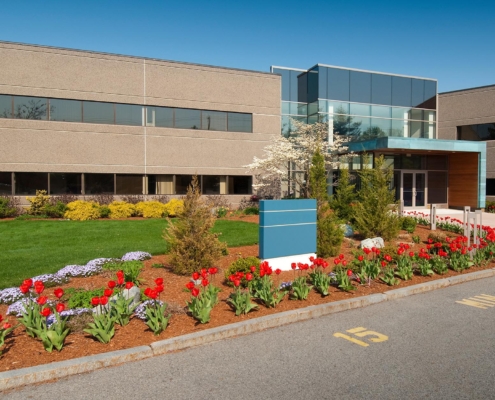How Sod Installation Can Transform Your Lawn and Prevent Erosion
A lush, green lawn is more than just a visual upgrade for your property—it’s a big part of the landscape that provides environmental and practical benefits. Sod installation is one of the fastest and most effective ways to achieve this transformation. Beyond aesthetics, sod plays a crucial role in soil stabilization and erosion prevention, making it a powerful solution for businesses and other commercial spaces.
This guide explores how sod installation can elevate the appearance of your lawn while offering environmental advantages, including erosion control. We’ll also check out the benefits of seeding as a complementary or alternative approach to achieving a healthy, erosion-resistant landscape.

